|
The West is tied to water. People, trees and crops across southern Washington are literally attached to the major rivers of the Columbia and the Snake that weave along the state. Without these sources of water, the Palouse region and the neighboring scablands would be barren, regardless of the quality of the soil. In contrast, once the Cascades are reached the open lands of central and eastern Washington are gone, steadily replaced by a thicker and thicker weaves of evergreens. First Ponderosa Pines and then Douglass Firs and Western Hemlocks dominate the landscape and give testament to the amount of rain these areas normally receive.
My cousin Mary-Kate, and her husband Phil, also live just outside these paths in Issaquah, and it was such a delight seeing her wonderful family as they brought us to their town’s salmon fish hatchery. It was great seeing Luke and Natalie run down to the river to show the boys the salmon swimming upstream and then bring us over to the fish ladders and tanks of the hatchery. Just two weeks earlier, Luke and Natalie’s school had their annual salmon festival at the start of the run and their infectious enthusiasm was still at a high. We continued to learn a lot about salmon throughout our time in the Northwest, from Amir’s work inspecting commercial salmon boats coming back into Puget Sound, the continuing restoration of the Elwha River’s salmon runs after its two dams were removed, to our wonderful walks in and talks with Park Rangers at the Olympic National Park Headquarters and the Hoh Rainforest. Just like wolves, salmon are the keystone species to this entire ecosystem directly feeding over 100 different animals and insects and thereby influencing and supporting this region’s amazingly rich biodiversity. It all seemed to come full circle when Vicki joined us in a visit to Wolf Haven, a reserve south of Olympia that cared for a variety of North American wolves, and the tour discussion turned to trophic cascades, keystone species and the importance of both salmon and wolves.
0 Comments
Leave a Reply. |
AuthorAmy Archives
May 2016
Categories |
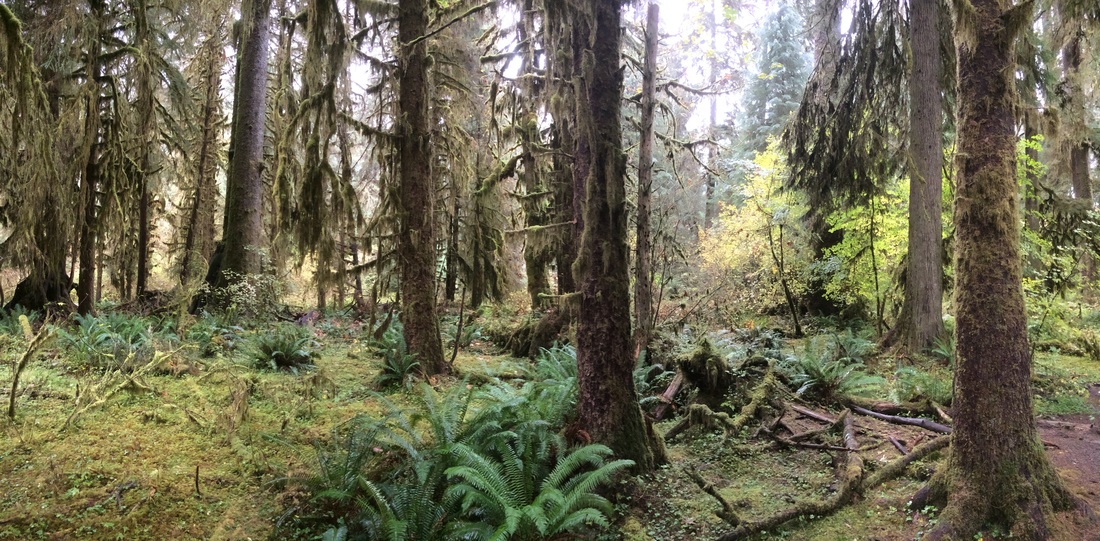
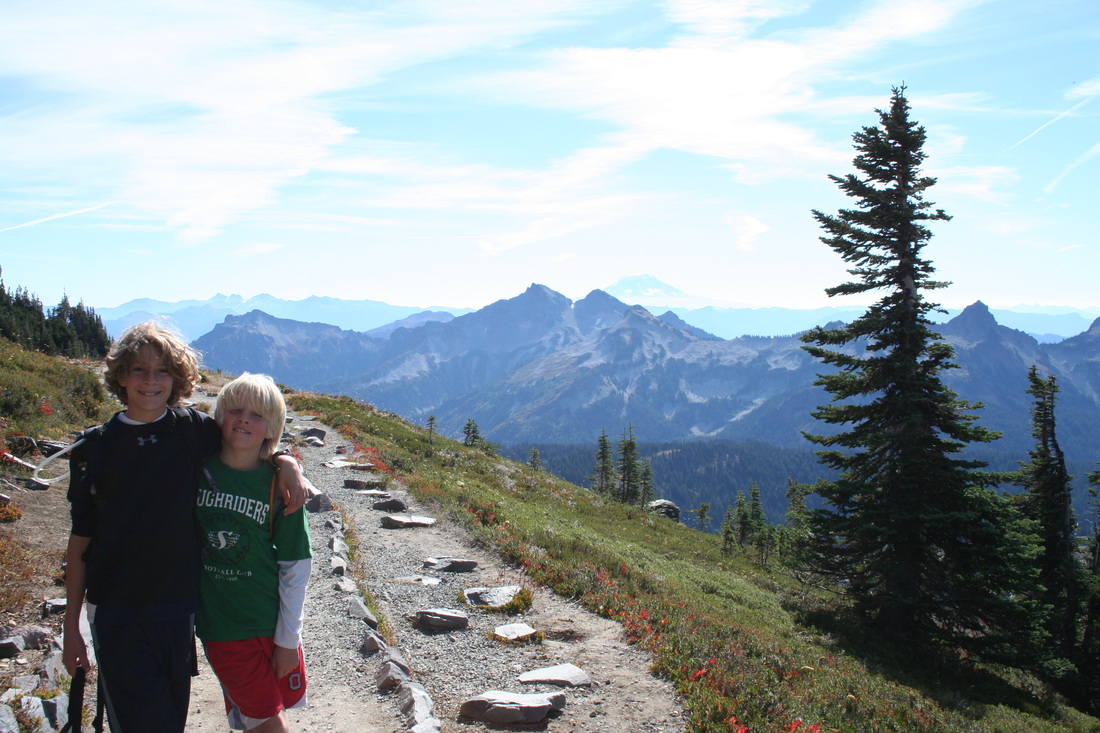
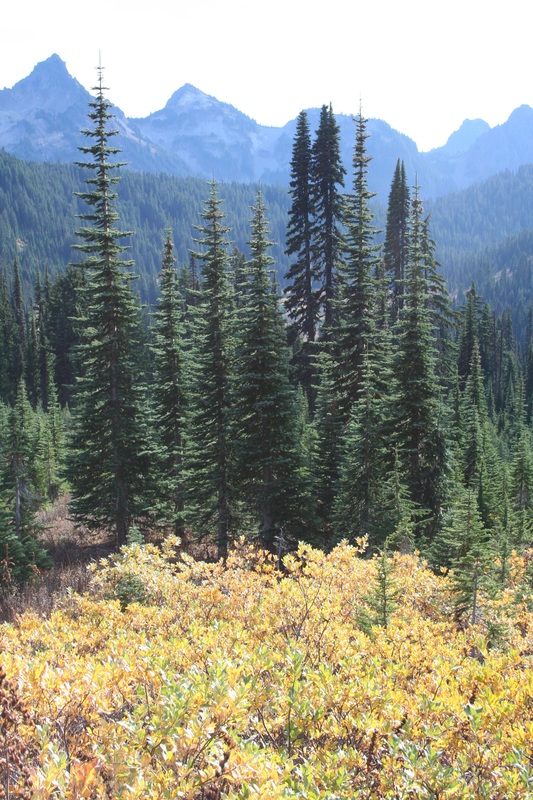

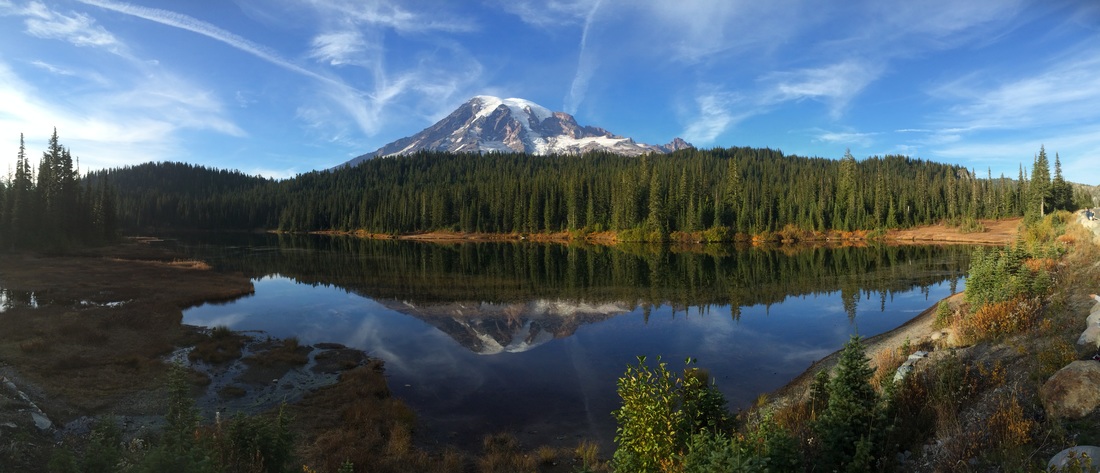
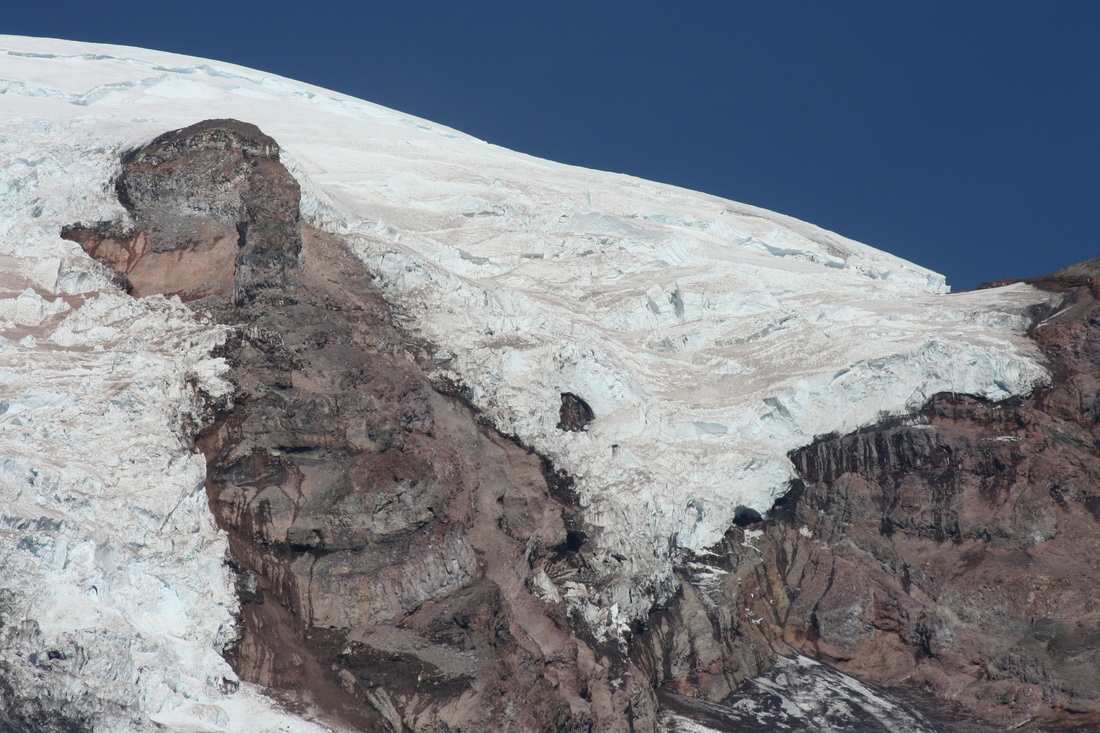
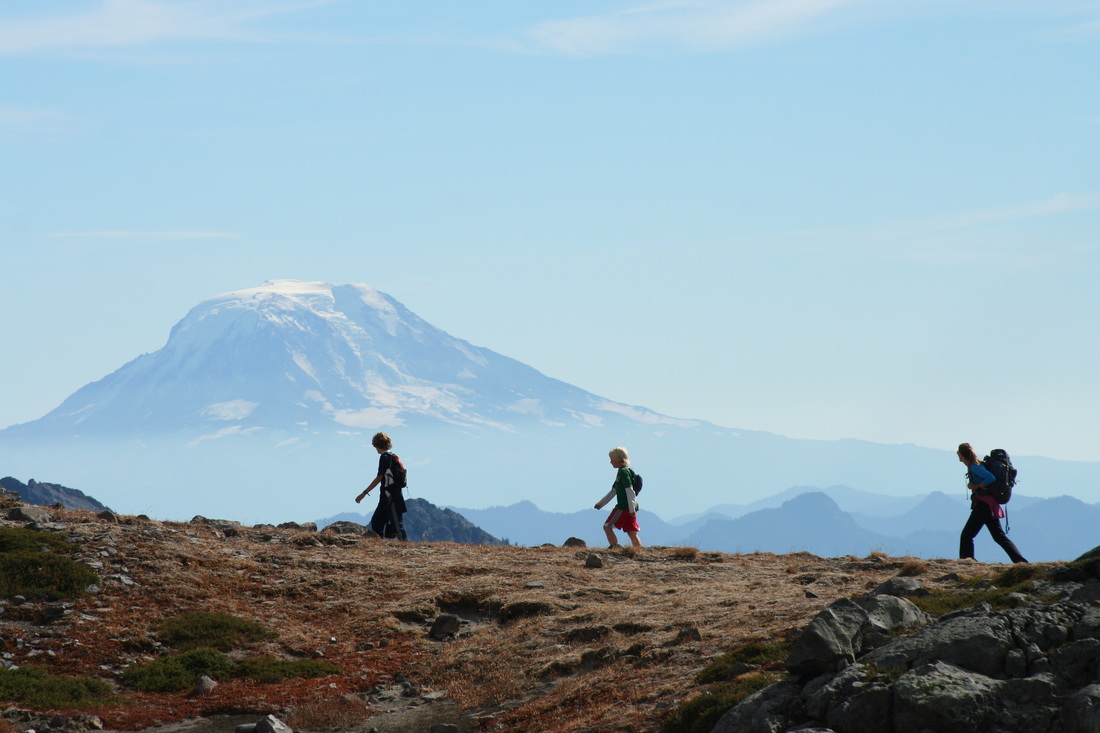
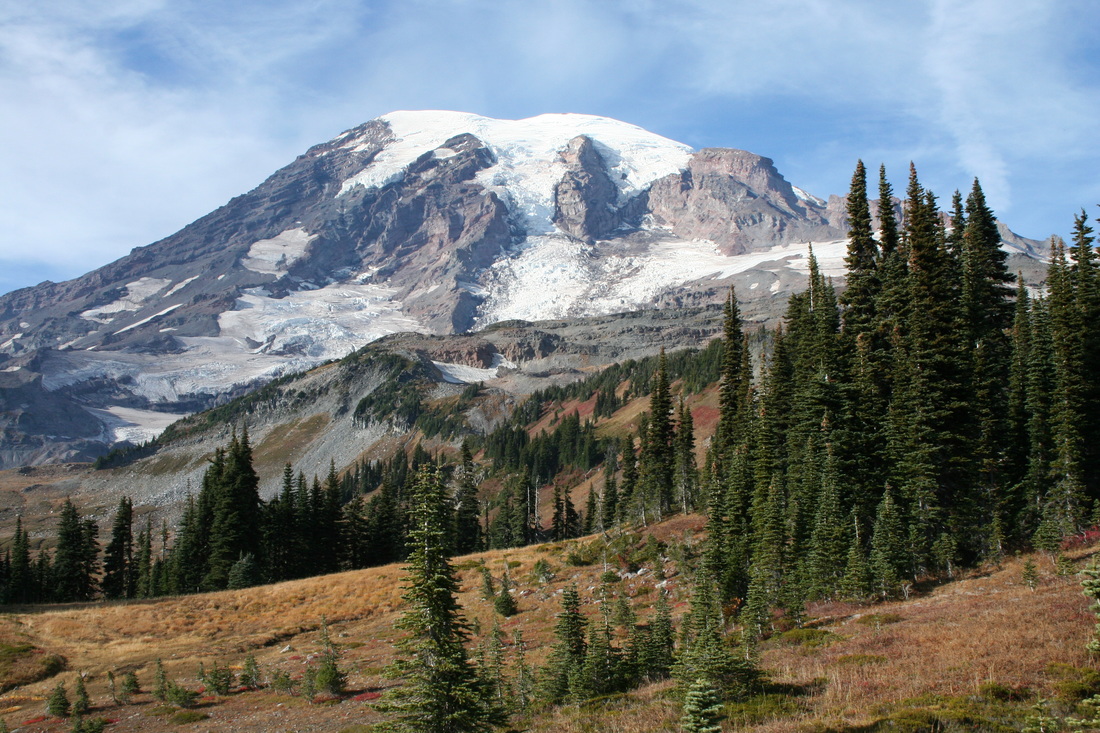
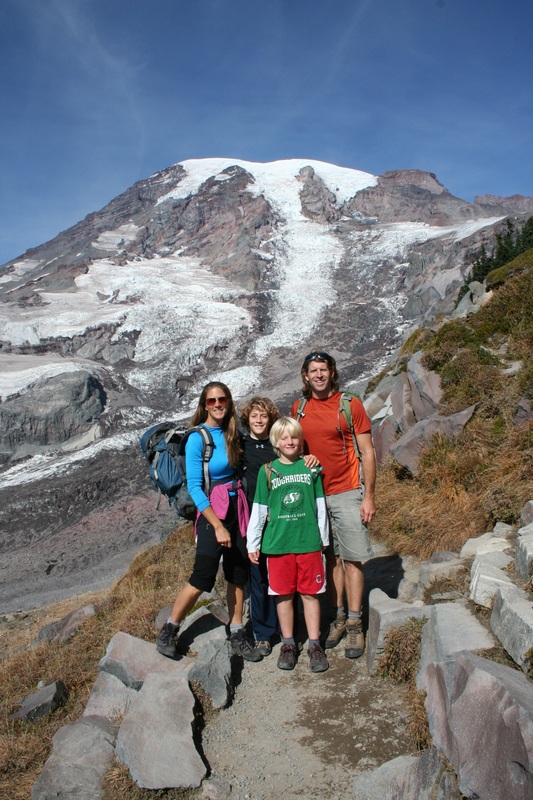
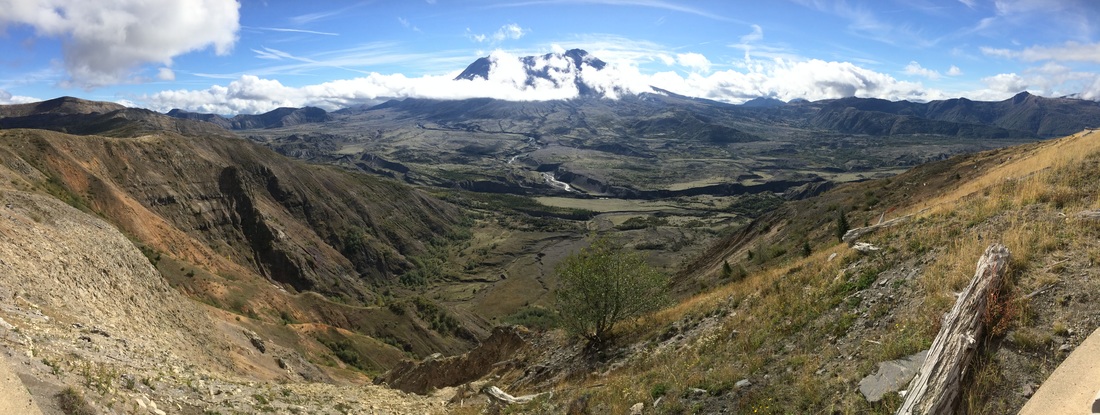
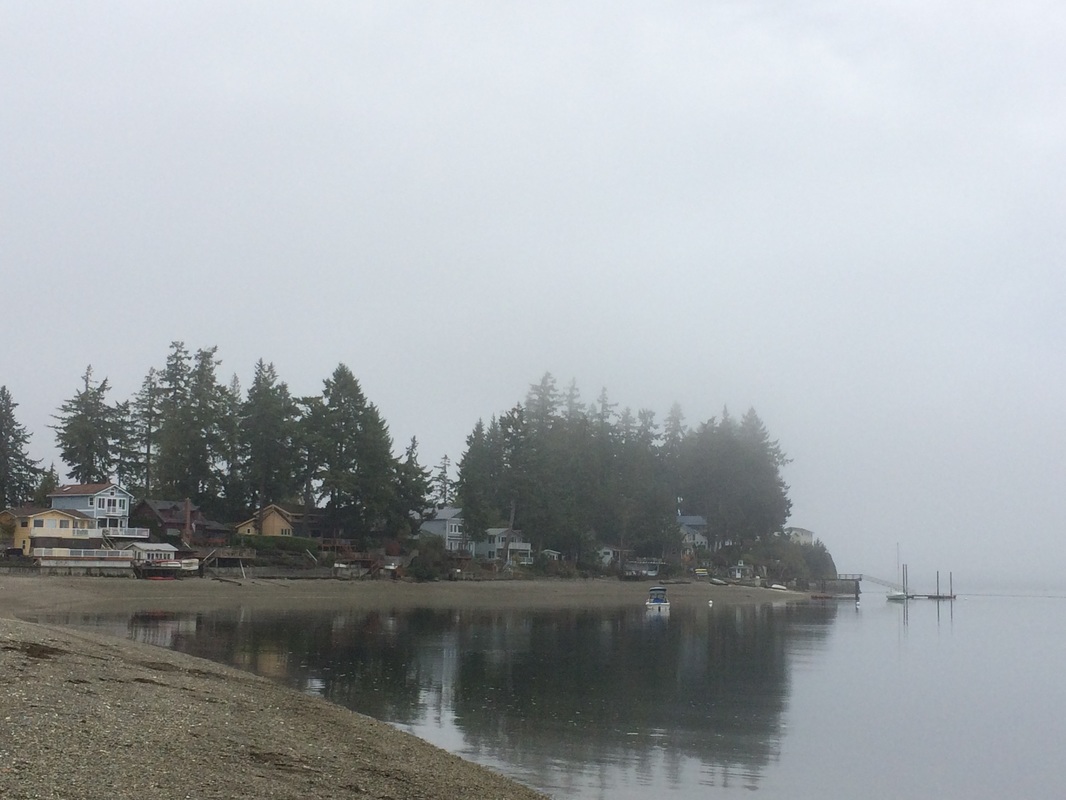
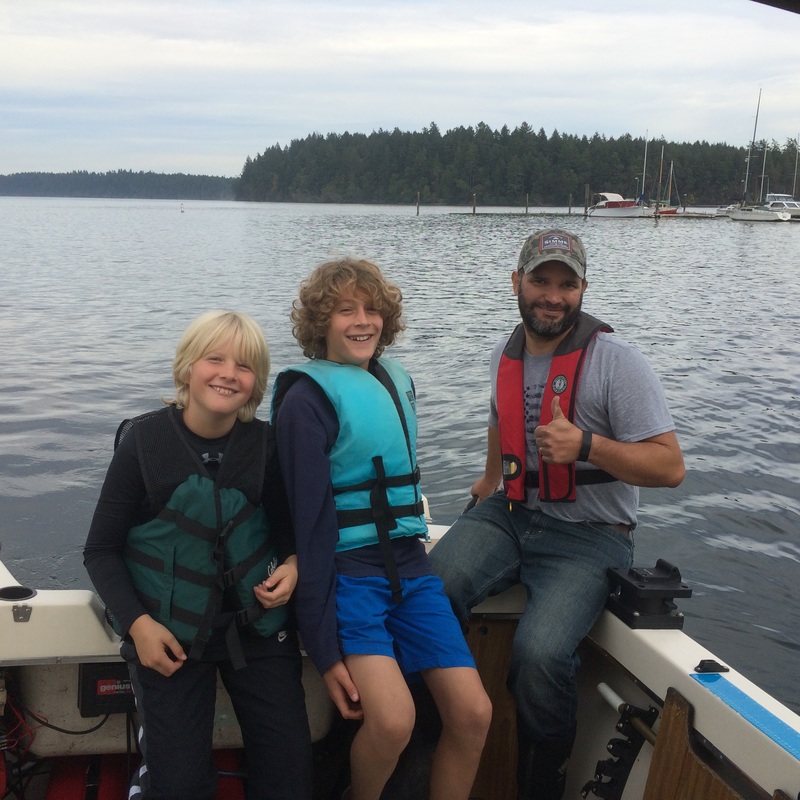
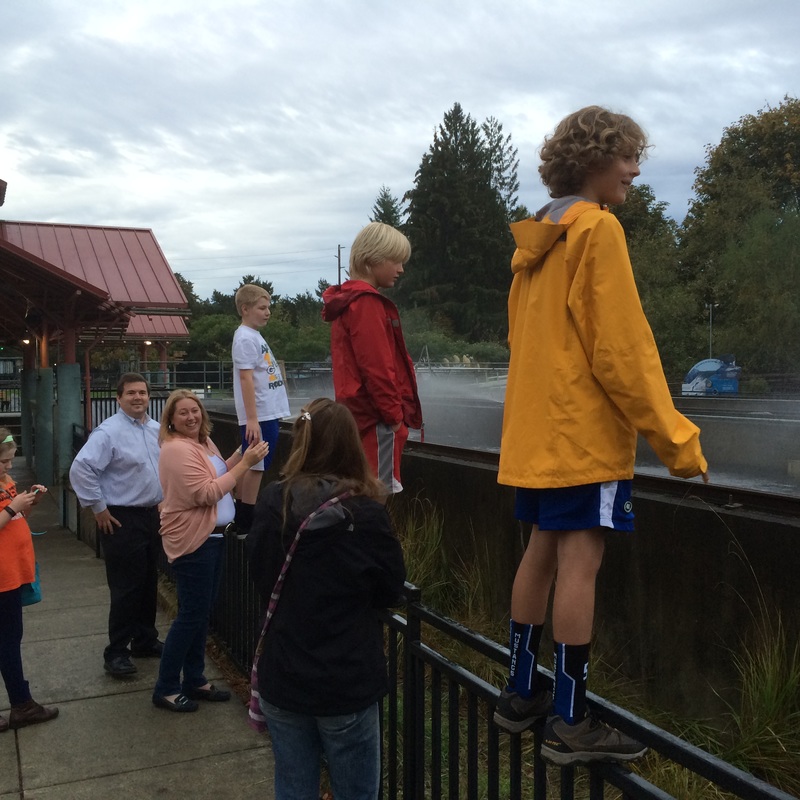
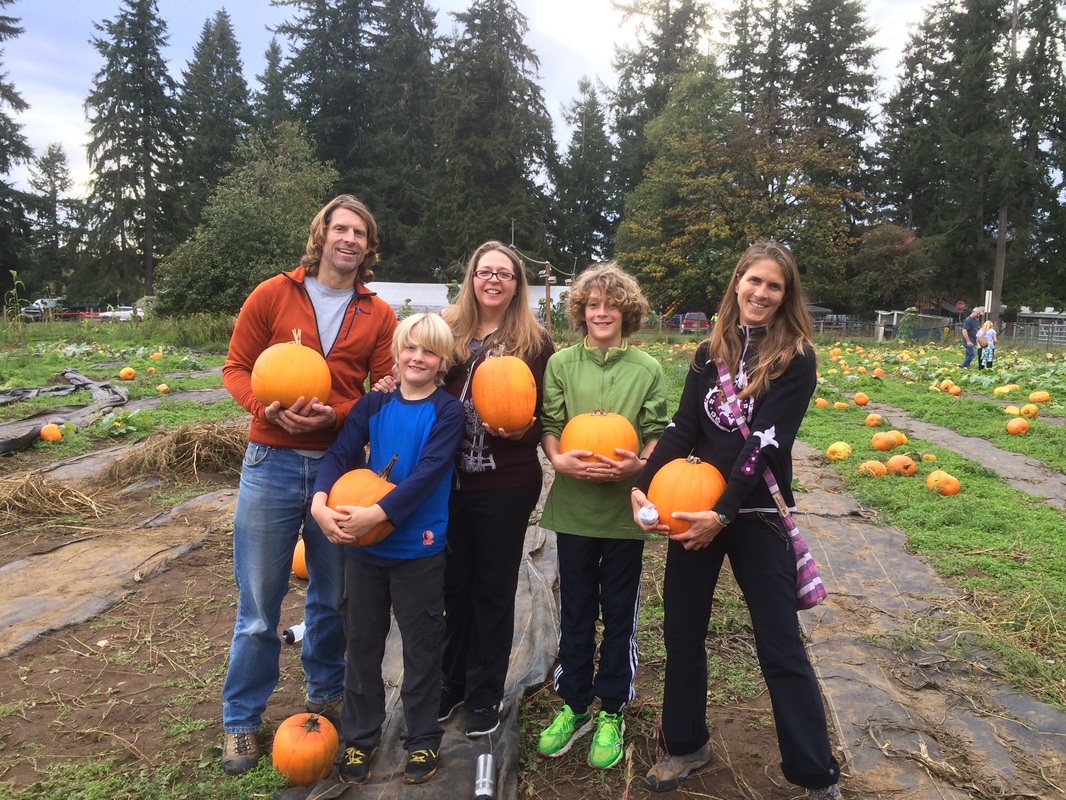

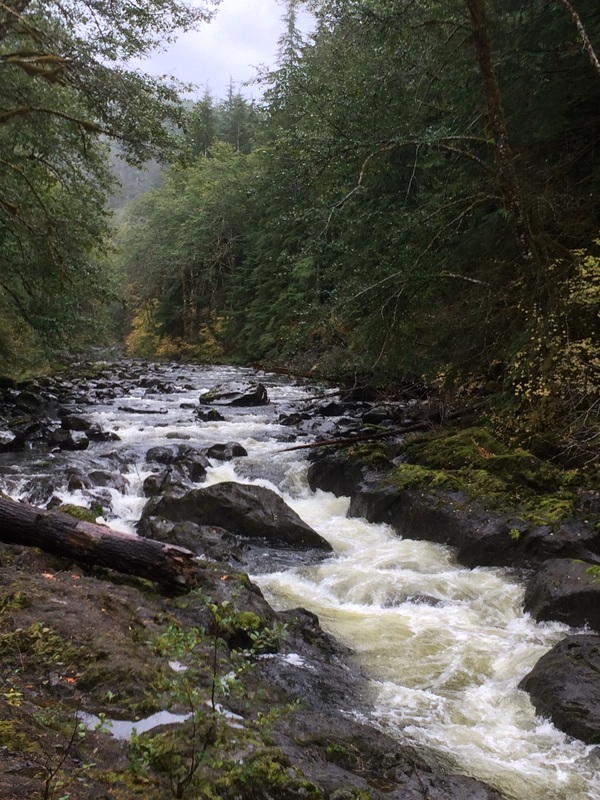
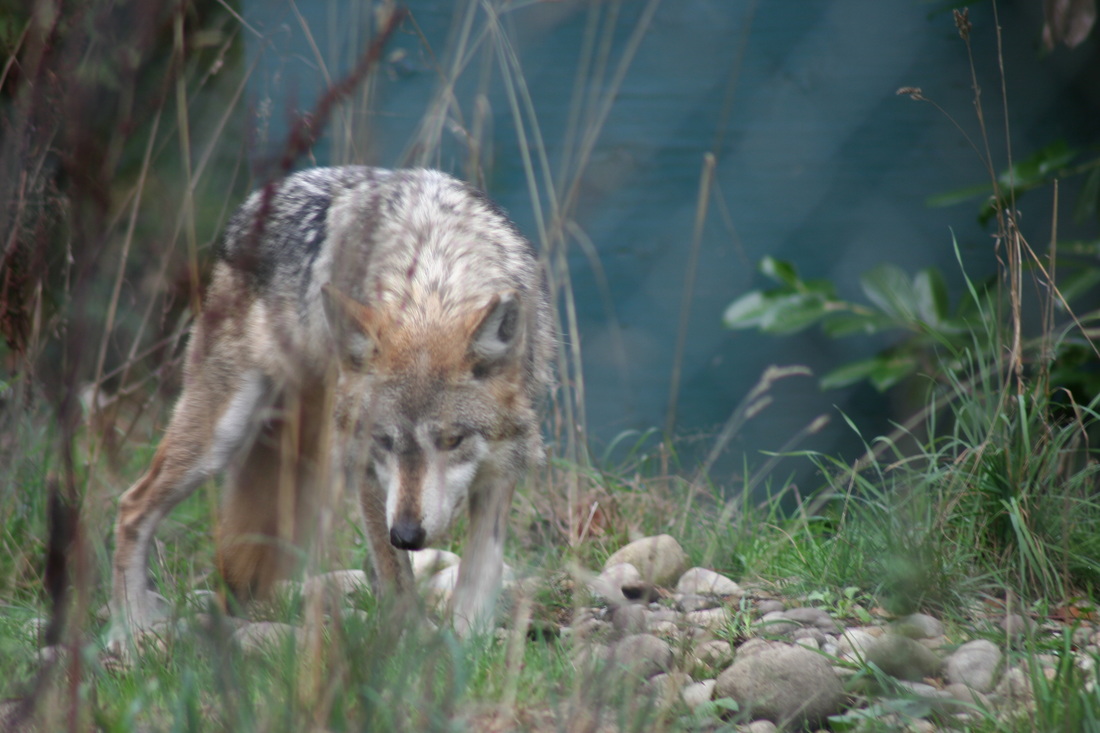
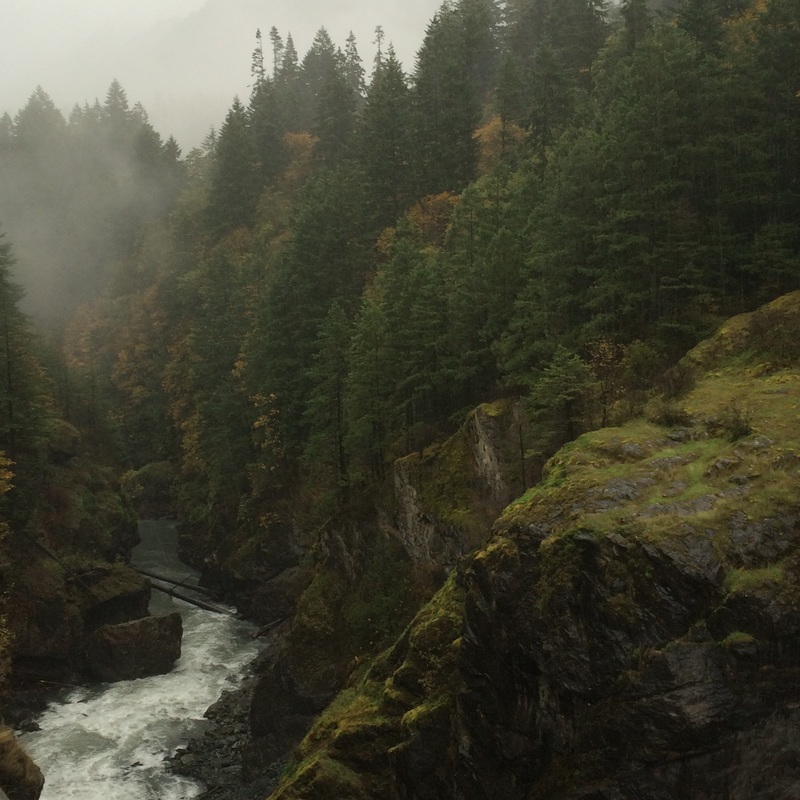

 RSS Feed
RSS Feed